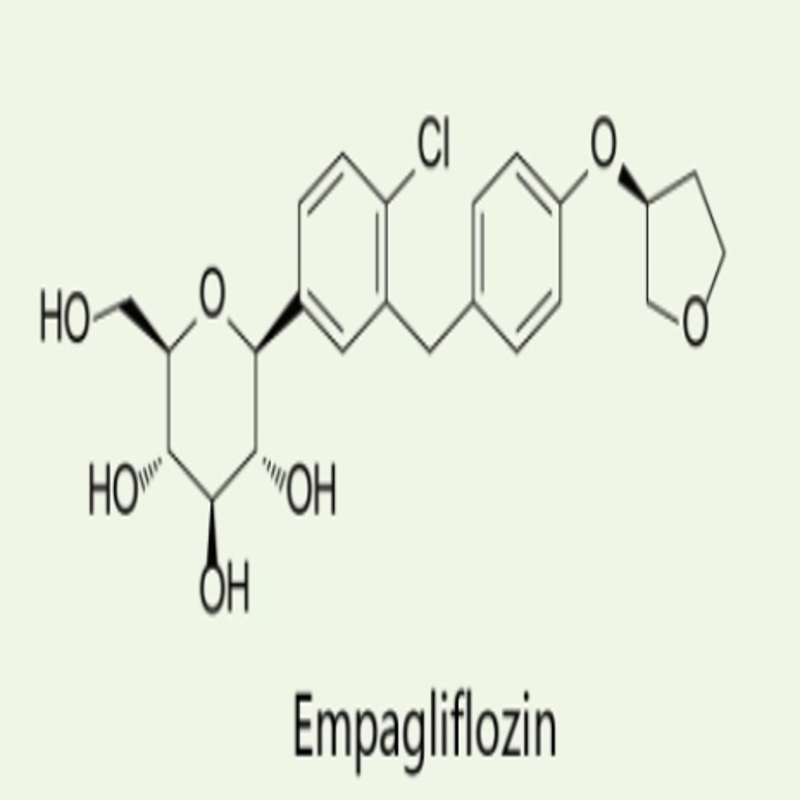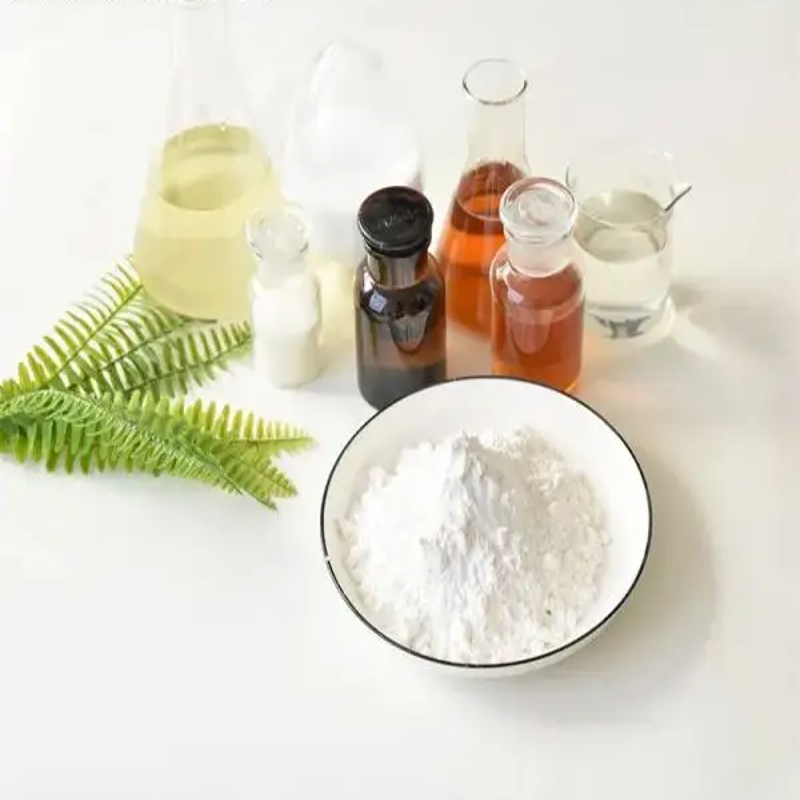-
Categories
-
Pharmaceutical Intermediates
-
Active Pharmaceutical Ingredients
-
Food Additives
- Industrial Coatings
- Agrochemicals
- Dyes and Pigments
- Surfactant
- Flavors and Fragrances
- Chemical Reagents
- Catalyst and Auxiliary
- Natural Products
- Inorganic Chemistry
-
Organic Chemistry
-
Biochemical Engineering
- Analytical Chemistry
- Cosmetic Ingredient
-
Pharmaceutical Intermediates
Promotion
ECHEMI Mall
Wholesale
Weekly Price
Exhibition
News
-
Trade Service
Thyroid nodules are palpable in about 5% of adults , but their prevalence varies greatly worldwide
.
In view of this high prevalence, doctors usually find it by physical examination or accidentally discover it when performing imaging examinations for other purposes (such as carotid ultrasound, cervical MRI)
Thyroid nodules are palpable in about 5% of adults , but their prevalence varies greatly worldwide
The occurrence of nodules is more common in iodine-deficient areas, women and the elderly
The diagnosis of isolated nodules is shown in Figure 1
Table 1 Treatment process for patients with thyroid nodules
Table 1 Treatment process for patients with thyroid nodulesFNA, fine needle aspiration biopsy; LN, lymph node; PTC, papillary thyroid carcinoma;
FNA, fine needle aspiration biopsy; LN, lymph node; PTC, papillary thyroid carcinoma;TSH, thyroid stimulating hormone; US, ultrasound
TSH, thyroid stimulating hormone; US, ultrasoundThe guidelines from the American Thyroid Association and the American Association of Clinical Internal Medicine with the background of evidence-based medicine recommend FNA for nodules based on the cut-off value of ultrasound image characteristics and size, and the cut-off value of nodule size with more suspicious ultrasound characteristics Lower
.
Ideally under ultrasound guidance, when a skilled physician completes the operation and an experienced cytopathologist assists in reading the film, FNA biopsy has good sensitivity and specificity
The guidelines from the American Thyroid Association and the American Association of Clinical Physicians with the background of evidence-based medicine all recommend FNA of nodules based on the cut-off value of ultrasound image characteristics and size, and the cut-off value of nodule size with more suspicious ultrasound characteristics Lower
In some large-scale studies, the results of FNA biopsy showed that : 65% were benign, 5% were malignant or suspiciously malignant, 10% could not be diagnosed or insufficient sampling was difficult to diagnose, and 20% were uncertain
Cytology results showed that malignant patients should undergo surgery, and preoperative ultrasound assessment of cervical lymph nodes
The three new cytological classifications in the TBS classification are associated with different risks of malignancy (Table 2 )
Malignant risk
Undiagnosed or unsatisfied
1%~5%
benign
2%~4%
Atypical or indeterminate follicular lesions ( AUS/FLUS )
15%~20%
Follicular neoplasm
20%~30%
Suspiciously malignant
60%~75%
Malignant
97%~100%
Diagnostic classification
Malignant risk
Undiagnosed or unsatisfied
1%~5%
benign
2%~4%
Atypical or indeterminate follicular lesions ( AUS/FLUS )
15%~20%
Follicular neoplasm
20%~30%
Suspiciously malignant
60%~75%
Malignant
97%~100%
Diagnostic classification
Malignant risk
Diagnostic classification
Diagnostic classification
Diagnostic classificationMalignant risk
Malignant risk
Malignant riskUndiagnosed or unsatisfied
1%~5%
Undiagnosed or unsatisfied
Undiagnosed or unsatisfied
Undiagnosed or unsatisfied1%~5%
1%~5%
1%~5%benign
2%~4%
benign
benign
benign2%~4%
2%~4%
2%~4%Atypical or indeterminate follicular lesions ( AUS/FLUS )
15%~20%
Atypical or indeterminate follicular lesions ( AUS/FLUS )
Atypical or indeterminate follicular lesions ( AUS/FLUS )
Atypical or indeterminate follicular lesions ( AUS/FLUS )15%~20%
15%~20%
15%~20%Follicular neoplasm
20%~30%
Follicular neoplasm
Follicular neoplasm
Follicular neoplasm20%~30%
20%~30%
20%~30%Suspiciously malignant
60%~75%
Suspiciously malignant
Suspiciously malignant
Suspiciously malignant60%~75%
60%~75%
60%~75%Malignant
97%~100%
Malignant
Malignant
Malignant97%~100%
97%~100%
97%~100%Table 2 BETHESDA classification of thyroid cytology
Table 2 BETHESDA classification of thyroid cytology In addition, most AUS/FLUS nodules and follicular neoplasms are cytologically benign ; only 10%-30% are malignant
.
The traditional approach for these patients is to diagnose lobectomy for histopathological diagnosis
In addition, most AUS/FLUS nodules and follicular neoplasms are cytologically benign ; only 10%-30% are malignant
Evaluating thyroid nodules is stressful for most patients
Leave a message here







